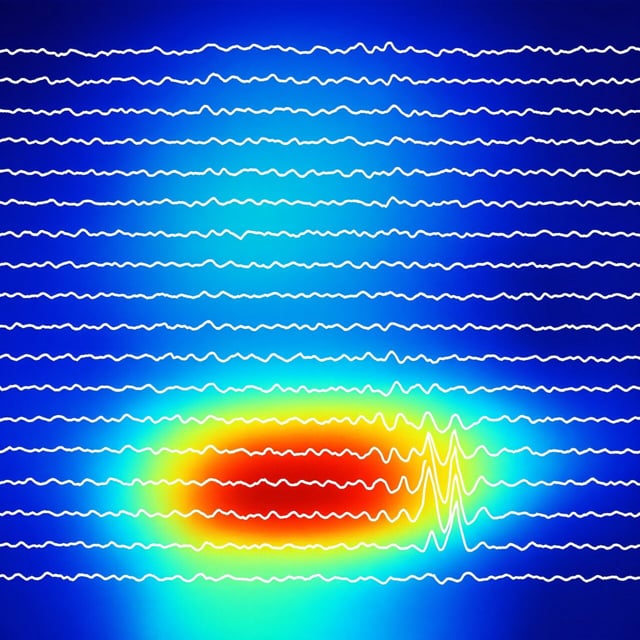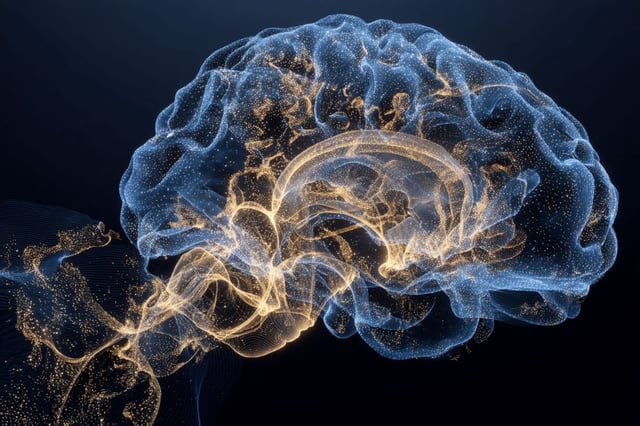Overview
- Researchers combined computational models with rat hippocampal electrophysiology to show how circuits select between external sensory input and stored memory sources.
- In a feedforward inhibitory mode, gamma activity drives theta (gamma‑to‑theta), whereas a feedback mode produces theta‑to‑gamma interactions.
- The routing supports memory reactivation in familiar settings and prioritizes memory updating when environments are novel.
- Transitions between the two modes are continuous and depend on synaptic strength within biologically realistic ranges.
- The authors suggest the principle may generalize to attention and inform studies of disorders such as epilepsy, addiction, and Alzheimer’s, pending further validation.

